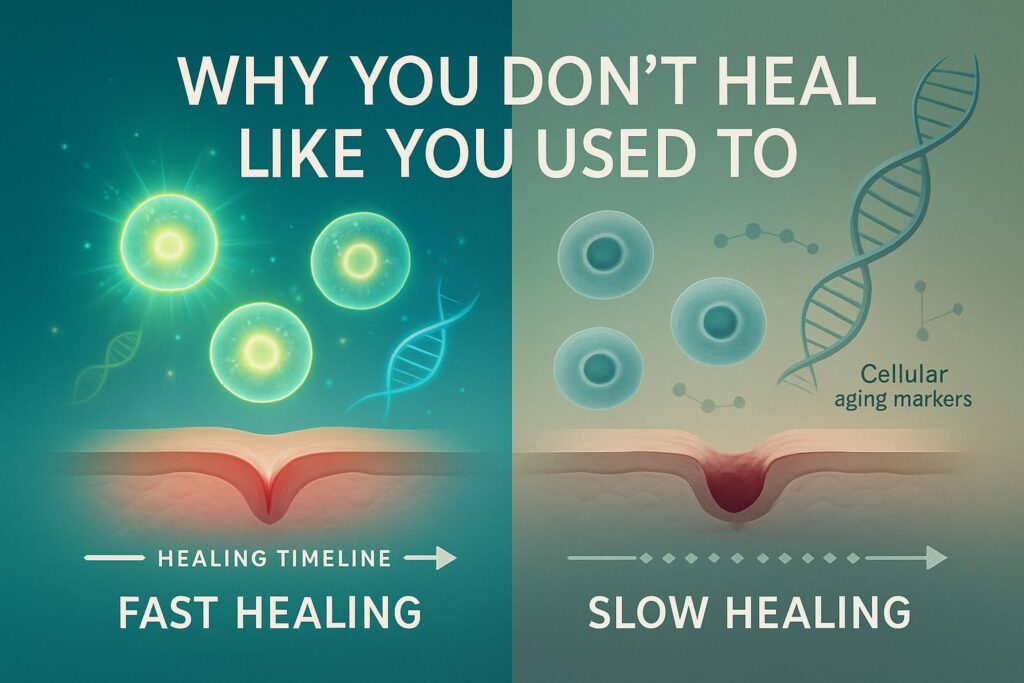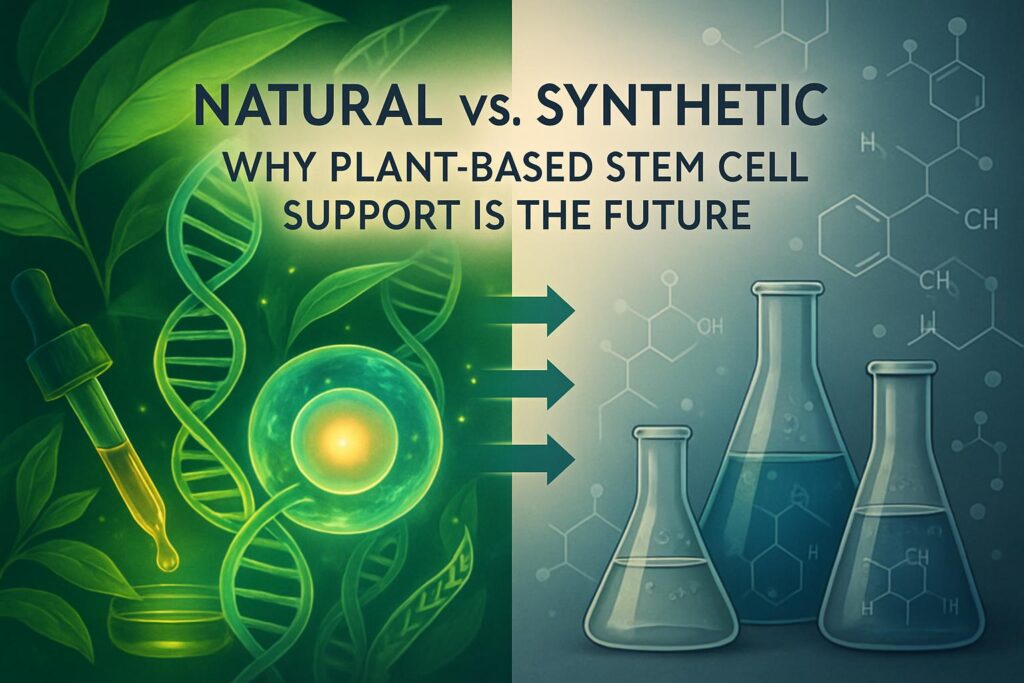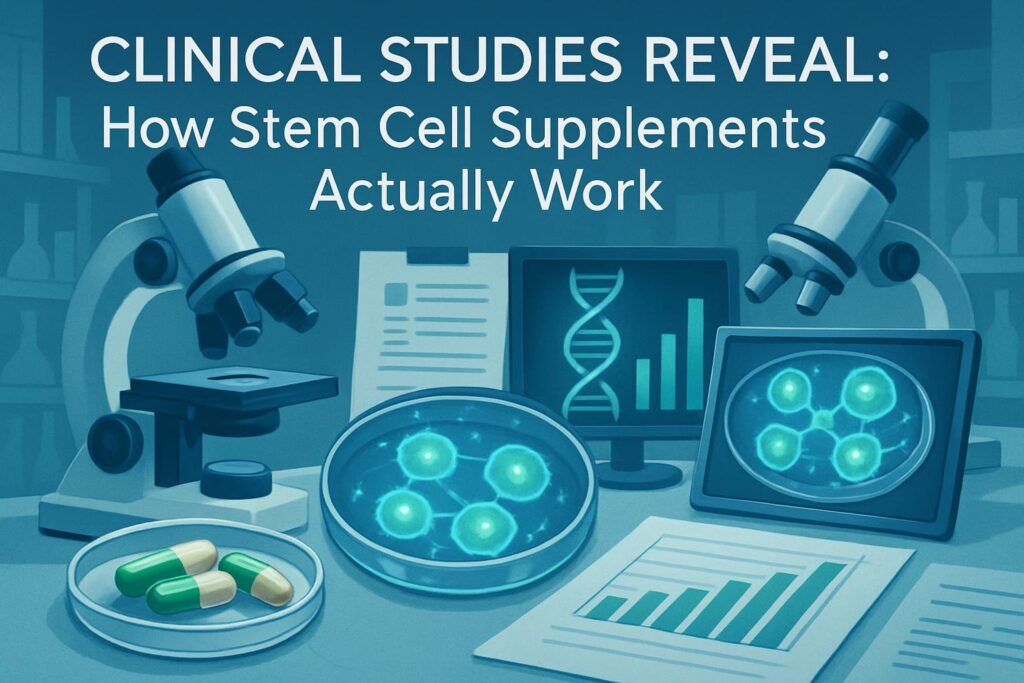The eyes are windows to the world, but what happens when this window blurs? Corneal diseases are a leading cause of visual impairment, affecting millions worldwide.
Traditional treatments, while effective, have limitations and complications, often leading to a desperate need for innovative solutions. Enter Induced Pluripotent Stem Cells (iPSCs), a groundbreaking discovery that is reshaping the landscape of ocular medicine.
The Promise of iPSCs
Induced Pluripotent Stem Cells (iPSCs), a brainchild of stem cell research, are redefining medical science. Discovered by Shinya Yamanaka, these cells have the extraordinary ability to transform into any cell type, opening new frontiers in regenerative medicine.
Imagine a world where damaged corneas are repaired with cells derived from one’s skin. That’s the potential iPSCs hold.
Understanding Corneal Diseases
Corneal diseases like limbal stem cell deficiency (LSCD) and bullous keratopathy not only impair vision but can lead to blindness.
Traditional treatments rely heavily on corneal transplantation and steroid use. However, transplantation faces challenges like donor shortages and potential rejection, while long-term steroid use can have adverse effects.
iPSCs in Corneal Disease Treatment
iPSCs are emerging as a beacon of hope for those suffering from corneal diseases. These cells can be programmed to become corneal cells, offering a personalized treatment approach.
They present a significant advantage over other stem cell types in terms of ethical considerations and differentiation potential. Recent studies showcase the application of iPSCs in modelling and treating corneal disorders, paving the way for new therapeutic strategies.
Generating Corneal Cell Types from iPSCs
The process of transforming iPSCs into specific corneal cells is a scientific marvel. Through advanced techniques, iPSCs are differentiated into corneal epithelial cells, keratocytes, and endothelial cells, each playing a crucial role in corneal health.
Notably, the development of corneal organoids using 3D culture technology marks a significant advancement. These organoids mimic the structure and function of the cornea, offering a promising platform for disease modeling and therapy development??.
Clinical Applications and Challenges
While the potential of iPSCs in corneal disease treatment is immense, their journey from lab to clinic is fraught with challenges. Safety concerns, particularly the risk of tumorigenicity, and ethical considerations of stem cell use, are paramount.
Nevertheless, research is advancing, with efforts to establish protocols adhering to good manufacturing practices and addressing the risks of genetic mutations in long-term cultures. The path forward includes rigorous testing and validation to ensure the safe and effective clinical application of iPSC-derived cell therapies????.
Conclusion
Induced Pluripotent Stem Cells are more than just a scientific breakthrough; they’re a beacon of hope for those with corneal diseases.
As research progresses, the day is not far when iPSCs will become a cornerstone of ocular therapy, offering sight to those in the dark. The journey ahead is filled with challenges, but the potential rewards for humanity are immeasurable. The future of vision care is bright, and iPSCs are leading the way.
FAQ
Q: What are induced pluripotent stem cells?
A: Induced pluripotent stem cells (iPSCs) are a type of stem cell that are created in the lab by reprogramming adult cells, such as skin cells, to revert to a pluripotent state, allowing them to develop into different types of cells in the body.
Q: How do induced pluripotent stem cells relate to the treatment of corneal diseases?
A: Induced pluripotent stem cells hold potential for the treatment of corneal diseases as they can be differentiated into corneal cells, offering a potential source for corneal tissue regeneration and repair.
Q: What role do induced pluripotent stem cells play in regenerative medicine for retinal diseases?
A: Induced pluripotent stem cells have the capability to differentiate into retinal cells, including retinal pigment epithelium (RPE) cells and retinal progenitor cells, providing a promising avenue for regenerative therapies for retinal degenerative diseases and vision loss.
Q: What is the significance of induced pluripotent stem cell-derived retinal pigment epithelium (RPE) cells?
A: Induced pluripotent stem cell-derived RPE cells offer a potential treatment option for conditions such as age-related macular degeneration by replacing damaged or degenerated RPE cells in the retina, potentially restoring vision.
Q: How are induced pluripotent stem cells different from embryonic stem cells?
A: Induced pluripotent stem cells are derived from adult cells through reprogramming, while embryonic stem cells are derived from early-stage embryos. Both types of stem cells have the capacity to differentiate into various cell types, but the ethical considerations and potential for immune rejection are different for each type.
Q: What are the challenges associated with using induced pluripotent stem cells for treating eye diseases?
A: Challenges include optimizing the differentiation of induced pluripotent stem cells into specific retinal cell types, ensuring the safety and effectiveness of the cells for transplantation, and addressing potential immune rejection issues in patients.
Q: How do induced pluripotent stem cells contribute to the field of retinal tissue engineering?
A: Induced pluripotent stem cells offer a valuable resource for generating retinal tissue for transplantation and studying retinal development and disease pathology, potentially leading to advancements in the understanding and treatment of retinal diseases.
Q: Can induced pluripotent stem cells be used in personalized medicine for treating retinal diseases?
A: Yes, induced pluripotent stem cells can be derived from individual patients, allowing for the generation of patient-specific retinal cells for personalized treatment approaches tailored to the genetic and cellular characteristics of each patient’s condition.
Q: What is the current status of clinical trials using induced pluripotent stem cells for retinal disease treatments?
A: Several clinical trials are underway to evaluate the safety and efficacy of induced pluripotent stem cell-derived retinal cells for treating conditions such as retinal degenerative diseases. These trials aim to assess the potential of this approach for restoring vision and improving quality of life for affected individuals.
Q: How do induced pluripotent stem cells promote advancements in the treatment of corneal diseases?
A: Induced pluripotent stem cells offer the potential to generate corneal cells for transplantation and tissue engineering, providing new avenues for treating corneal disorders and addressing the need for donor tissues in corneal transplantation procedures.



